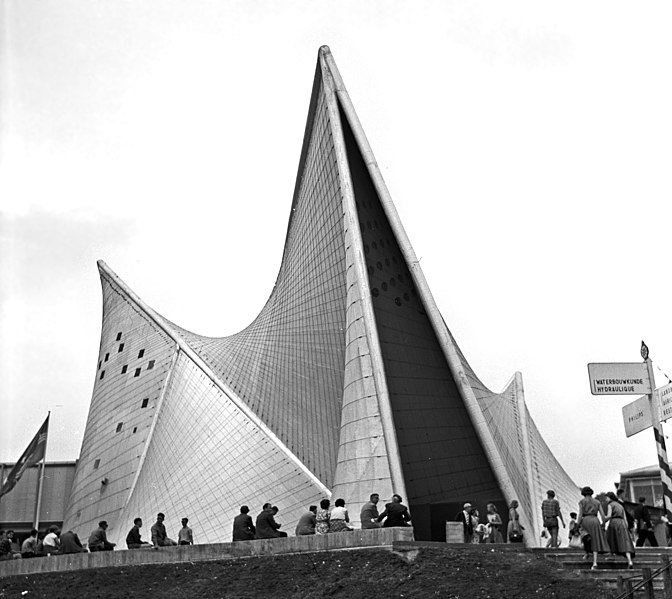[youtube=http://www.youtube.com/watch?v=2S_2r0J7bHo&fs=1&hl=nl_NL]
-
Ryoji Ikeda – Data.Microhelix
-
Moiré effect 2
[youtube=http://www.youtube.com/watch?v=-im6od5SzBY&fs=1&hl=nl_NL]
-
Alva Noto Neue Stadt (Skizze 8)
[youtube=http://www.youtube.com/watch?v=XfF14UgBYn4&fs=1&hl=nl_NL]
-
Spray :: alva noto
[youtube=http://www.youtube.com/watch?v=JfhG_tYGhpg&fs=1&hl=nl_NL]
-
YouTube – The Vasulkas: Homemade TV
[youtube=http://www.youtube.com/watch?v=vqzj_UOrDo8&fs=1&hl=nl_NL]
-
Processpatching
Processpatching, Defining New Methods in aRt&D
investigates how electronic art patches together processes and methods from the arts, engineering and computer science environments. This investigation is positioned in the electronic art laboratory where new alliances with other disciplines are established. It aims to improve collaboration by informing others about one’s artistic research and development approach. Processpatching, Defining New Methods in aRt&D, provides information about the practical and theoretical aspects of the research and development processes of artists.
via Processpatching.
-
Philips Pavilion

The Philips Pavilion was a World’s Fair pavilion designed for Expo ’58 in Brussels by the office of Le Corbusier. Commissioned by Philips, an electronics company based in the Netherlands, the pavilion was designed to house a multimedia spectacle that celebrated postwar technological progress. Because Corbusier was busy with the planning of Chandigarh, much of the project management was assigned to Iannis Xenakis, who was also an experimental composer.
The pavilion is a cluster of nine hyperbolic paraboloids, composed asymmetrically to create dynamically-angled contours and constructed out of prestressed concrete. Steel tension cables on the exterior give the pavilion its signature reticulated appearance. According to Xenakis, the idea of using curved surfaces composed of straight lines was inspired by his composition Metastasis, premiered in 1955.
-
YouTube – Norman McLaren – Dots (1940)
[youtube=http://www.youtube.com/watch?v=E3-vsKwQ0Cg&fs=1&hl=nl_NL]
-
Len Lye – Wikipedia, the free encyclopedia
In Free Radicals he used black film stock and scratched designs into the emulsion. The result was a dancing pattern of flashing lines and marks, as dramatic as lightning in the night sky. In 2008, this film was added to the United States National Film Registry.[1]
Lye continued to experiment with the possibilities of direct film-making to the end of his life. In various films he used a range of dyes, stencils, air-brushes, felt tip pens, stamps, combs and surgical instruments, to create images and textures on celluloid. In Color Cry, he employed the “photogram” method combined with various stencils and fabrics to create abstract patterns. It is a 16mm direct film featuring a searing soundtrack by the blues singer Sonny Terry.
-
YouTube – Len Lye “Free Radicals”
[youtube=http://www.youtube.com/watch?v=sGyVYDseGc4&fs=1&hl=nl_NL]
Got any book recommendations?